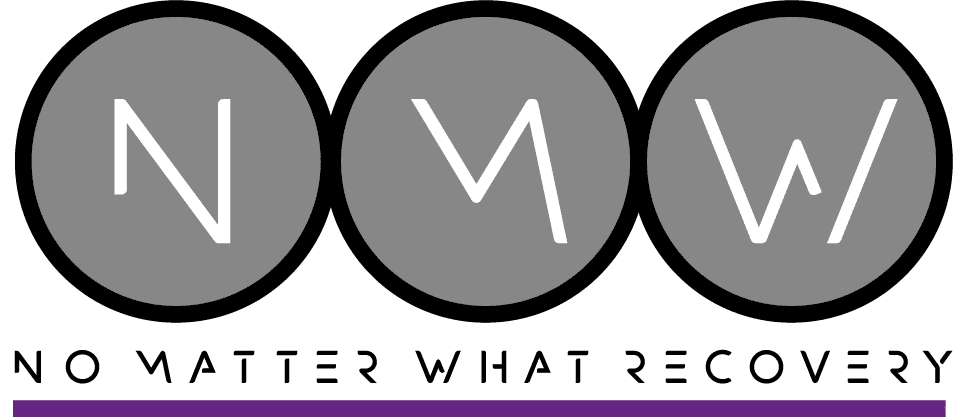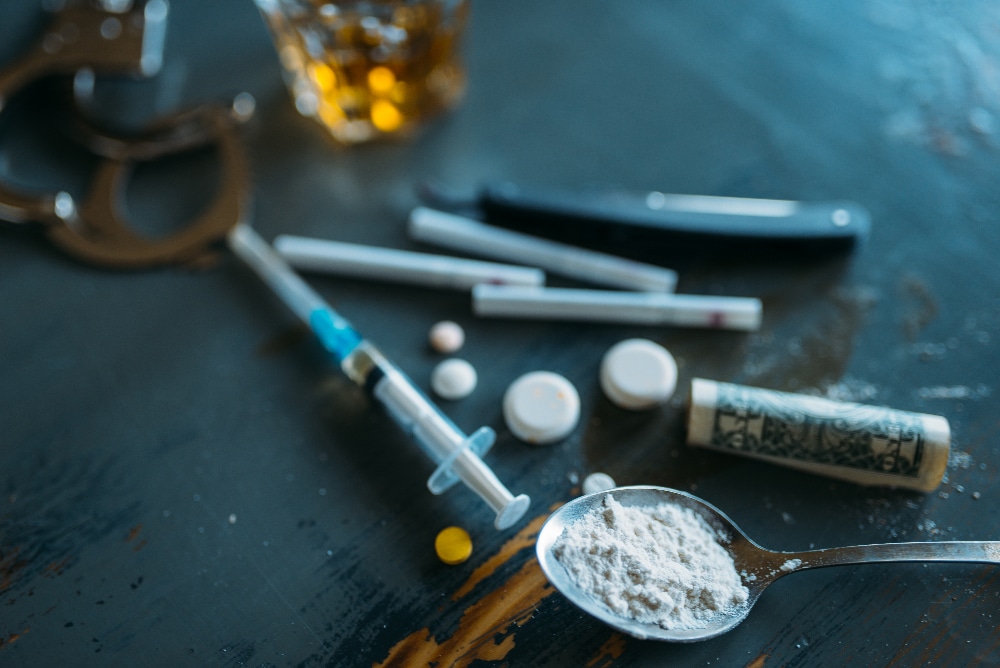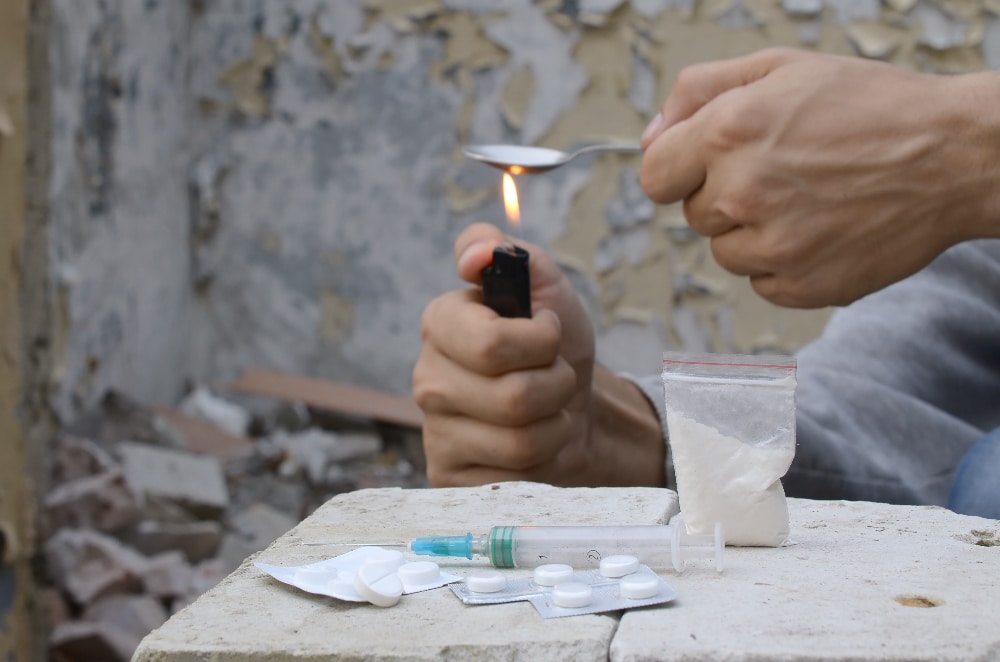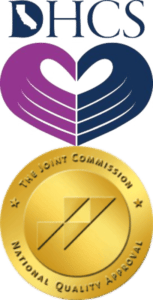Medically Reviewed by: Eric Chaghouri
Speedballing, a practice steeped in danger and controversy, involves the concurrent use of stimulant and depressant drugs, most commonly cocaine and heroin. This high-risk behavior aims to marry the electrifying rush provided by stimulants with the profound relaxation offered by depressants, creating a complex and potent high that is both alluring and perilously risky. The dual ingestion of these substances can lead to an intense euphoric experience, but it also significantly increases the likelihood of overdose, addiction, and a host of severe health complications.
Addressing the Polydrug Crisis: Understanding Polydrug and Polysubstance Use
Speedballing is a form of polydrug use, a behavior that significantly complicates the recovery process. The concurrent use of cocaine and opioids or the inclusion of prescription opioids and benzodiazepines introduces complex challenges for treatment. Effective treatment centers offer specialized programs to address the unique needs of individuals dealing with polysubstance use, focusing on the intertwined effects of multiple drug dependencies.
Drugs Commonly Used in Speedballing
Speedballing typically involves a combination of a stimulant and a depressant to produce a distinct and intense high. The most common drugs used in this dangerous practice include cocaine as the stimulant and heroin as the depressant. However, the realm of speedballing is not limited to these two substances alone. Various drugs can be and are used in attempts to replicate or modify the speedballing experience. Here’s a closer look at the substances most commonly associated with speedballing:
- Cocaine: A powerful stimulant drug that increases levels of dopamine in the brain circuits regulating pleasure and movement, creating a short-lived but intense feeling of euphoria. Cocaine is often snorted, smoked, or injected and is known for its immediate and potent stimulating effects.
- Heroin: An opioid drug made from morphine, a natural substance taken from the seed pod of various opium poppy plants. Heroin can be injected, inhaled, or smoked and is sought after for its profound effects on the body’s sense of pain and pleasure, producing a “rush” of euphoria. However, it also significantly slows heart rate and breathing, which can be lethal.
- Methamphetamine: Sometimes substituted for or used alongside cocaine as the stimulant component in a speedball, methamphetamine offers a longer-lasting and more intense stimulant effect than cocaine. Its powerful impact on the central nervous system can lead to increased activity, reduced appetite, and a false sense of well-being or euphoria.
- Fentanyl: In some cases, fentanyl, a synthetic opioid that is 50 to 100 times more potent than morphine, is used instead of heroin. Due to its extreme potency, fentanyl dramatically increases the risk of overdose and death, especially when users are unaware of its inclusion in a drug mix.
- Benzodiazepines: Though less common, benzodiazepines (such as Xanax or Valium) are sometimes used as the depressant component in speedballing. These drugs are central nervous system depressants that produce sedation and muscle relaxation, often prescribed to treat anxiety, insomnia, and other conditions. When mixed with stimulants, they can create a dangerous combination that increases the risk of severe respiratory depression, coma, or death.
The combination of these drugs in speedballing is particularly hazardous due to the opposing effects they have on the body. Stimulants increase heart rate, blood pressure, and alertness, while depressants do the opposite, creating a highly unpredictable and risky physiological state. The use of these substances together can mask the signs of overdose, as the depressant can hide the stimulant’s effects, leading users to consume higher quantities than they might otherwise.
Understanding the pharmacology of these drugs and their effects on the human body underscores the dangers inherent in speedballing. The practice not only puts users at immediate risk of overdose and death but also contributes to the likelihood of developing long-term health issues, including heart disease, respiratory problems, and irreversible cognitive impairments.
The Origins of Speedballing
Tracing back to the early 20th century, speedballing originated within the underground drug scene as an experimental method to enhance the drug-using experience. Users sought to balance the jittery high of stimulants with the mellow calm of depressants, attempting to achieve the “best of both worlds.” However, this experimentation led to the discovery of a deadly combination that could easily spiral out of control, leading to immediate health risks and long-term consequences.
Understanding the Risks and Effects of Speedballing
Physical Health Risks
The physical health risks of speedballing are profound and alarming. The body receives mixed signals from the simultaneous intake of drugs with opposite effects, leading to severe cardiovascular strain, potential respiratory failure, and an unpredictable risk of overdose. The heart may struggle to cope with the conflicting signals, leading to arrhythmias or cardiac arrest, while breathing can become dangerously slow and shallow, risking hypoxia and death.
Psychological Health Risks
On the psychological front, speedballing can wreak havoc on mental health, leading to extreme mood swings, chronic anxiety, deep-seated depression, and even psychosis. The intense euphoria followed by a sharp decline can trap users in a cycle of chasing highs and escaping lows, contributing to a deepening spiral of addiction and mental health decline.
The Risks of Cocaine and Opioid Use in Speedballing
Speedballing elevates the dangers associated with drug use, particularly when combining cocaine with opioids like heroin or fentanyl. This mixture not only amplifies the risk of a fatal overdose but also increases the likelihood of experiencing severe side effects such as heart attack, high blood pressure, and unpredictable changes in breathing rate. Understanding these risks is crucial for anyone encountering or dealing with substance use disorders, including polydrug and polysubstance use.
Why People Speedball
People are drawn to speedballing for various reasons, primarily in pursuit of an enhanced euphoric experience or to mitigate the side effects of one drug with the other. The allure of achieving a more profound high often blinds users to the significant risks and potential for rapid onset of dependency and addiction. What starts as an experiment or occasional use can quickly evolve into a life-altering addiction with devastating consequences.
The Science Behind Speedballing
Speedballing’s danger lies in its complex pharmacological effects. The simultaneous activation of the body’s response to both stimulants and depressants creates a significant burden on the central nervous system and cardiovascular system. This can lead to a highly unpredictable and often dangerous physical state.
Effects on the Brain
The brain experiences an intense flood of dopamine during speedballing, followed by a rapid depletion of this key neurotransmitter, leading to a rollercoaster of emotions and functional capabilities. This imbalance can severely disrupt the brain’s ability to regulate mood and reward, paving the way for addiction and other severe mental health issues.
The Body’s Response
The body’s response to speedballing is a state of confusion, with the heart and respiratory system receiving conflicting signals. This can lead to severe physical complications, including sudden heart failure, respiratory depression, and the risk of an immediate and unpredictable overdose.
The Importance of Comprehensive Treatment Programs
The journey to recovery from speedballing involves much more than overcoming physical dependency. Comprehensive treatment programs address the underlying causes of substance use, including co-occurring mental health conditions like anxiety and depression. These programs utilize a combination of medical care, psychological support, and community engagement to help individuals rebuild their lives and maintain long-term sobriety.
Detox and Treatment for Speedball Addiction
Recovery from speedball addiction starts with a carefully managed detox process. Detox is designed to safely navigate the withdrawal symptoms associated with cocaine use, opioid dependence, and other drugs involved in speedballing. Following detox, treatment programs at centers like No Matter What Recovery focus on overcoming addiction through comprehensive approaches that include therapy, medication-assisted treatment, and support groups. These addiction treatment options aim to address both the physical and psychological aspects of substance abuse.
Supporting Loved Ones Through Recovery
Watching a loved one struggle with drug abuse, particularly with dangerous practices like speedballing, can be heart-wrenching. If you’re trying to help a loved one, it’s vital to encourage them to seek professional help. Outpatient programs offer flexibility and support for individuals balancing recovery with daily responsibilities. Understanding the options, from outpatient treatment to intensive inpatient care, can empower you to offer meaningful support and guidance.
Recover from Drug Addiction at No Matter What Recovery in Los Angeles
Despite the challenges, recovery from speedballing addiction is achievable. The journey begins with medically supervised detoxification to safely manage withdrawal symptoms, followed by comprehensive rehabilitation programs that address both the physical and psychological facets of addiction.
If you or a loved one are struggling with speedballing or addiction, get in touch with No Matter What Recovery today. Our LGBTQ+-informed drug rehab center is here to provide individuals with a way to overcome the challenges of addiction in a safe, supportive environment.
FAQs
Speedballing is especially dangerous because it combines the effects of stimulants and depressants, putting immense strain on the heart and respiratory system and significantly increasing the risk of overdose and sudden death.
Yes, speedballing can quickly lead to physical and psychological addiction. The intense highs and subsequent lows create a cycle of dependency that can be challenging to break without professional help.
Effective treatment for speedballing addiction includes a combination of medical detoxification, rehabilitation programs, therapy, and support groups. These treatments address the physical dependence and psychological challenges associated with addiction.
Helping someone involved in speedballing begins with encouraging them to seek professional treatment and offering emotional support. It’s crucial to approach the situation with empathy and understanding and to connect them with resources that can assist in their recovery journey.
Full recovery from speedballing addiction is possible with the right treatment and support. The process involves ongoing commitment to sobriety, managing triggers, and engaging in a supportive community to navigate the challenges of recovery.
Speedballing dramatically increases the risk of overdose, heart complications, and severe psychological effects due to the conflicting actions of stimulants and depressants on the body.
Recognizing the signs of a speedball overdose is crucial for timely intervention and potentially saving a life. An overdose can occur when the drugs’ combined effects overwhelm the body’s ability to cope, leading to critical and life-threatening symptoms. Signs of a speedball overdose include:
- Loss of Consciousness: The individual may pass out and be unresponsive to stimuli.
- Severe Respiratory Depression: Breathing may become extremely slow, irregular, or stop entirely, leading to oxygen deprivation.
- Extreme Drowsiness: Profound sedation or an inability to wake up can occur.
- Confusion and Disorientation: The person may appear highly confused, have trouble speaking, or not know where they are.
- Blue Lips or Fingernails: This indicates a severe lack of oxygen (cyanosis) and is a medical emergency.
- Rapid or Irregular Heartbeat: The heart may beat dangerously fast or irregularly, signaling cardiovascular distress.
- Seizures: In some cases, the individual may experience convulsions or seizures.
- High Body Temperature: An unusually high fever can be a sign of overdose, especially with stimulant use.
Speedballing, the simultaneous use of a stimulant (like cocaine) and a depressant (such as heroin or fentanyl), can lead to a wide range of negative side effects due to the conflicting effects these substances have on the body. Common negative side effects include:
- Increased Heart Rate and High Blood Pressure: The stimulant in a speedball can cause a rapid increase in heart rate and blood pressure, putting stress on the cardiovascular system.
- Respiratory Depression: The depressant component can significantly slow down breathing, leading to inadequate oxygen supply to the body.
- Mental Health Issues: Users may experience severe mood swings, anxiety, depression, and even psychosis due to the intense highs and lows caused by the drug combination.
- Physical Health Risks: These can include arrhythmias (irregular heartbeats), potential for heart attack, drowsiness, and dizziness. The strain on the body’s systems can also lead to long-term damage to organs.
- Dependency and Addiction: The intense euphoria followed by a crash can lead individuals to rapidly develop a psychological and physical dependence on these drugs.
Increased Risk of Overdose: Because the effects of the stimulant may mask the depressant’s impact, individuals are at a higher risk of consuming lethal doses without realizing it.

Dr. Eric Chaghouri is our Medical Director at No Matter What Recovery. Since completing his forensic psychiatry fellowship, he has established a successful and thriving practice in Southern California, focusing on treatment of co-occurring psychiatric and addictive disorders.

Dr. Eric Chaghouri is our Medical Director at No Matter What Recovery. Since completing his forensic psychiatry fellowship, he has established a successful and thriving practice in Southern California, focusing on treatment of co-occurring psychiatric and addictive disorders.










